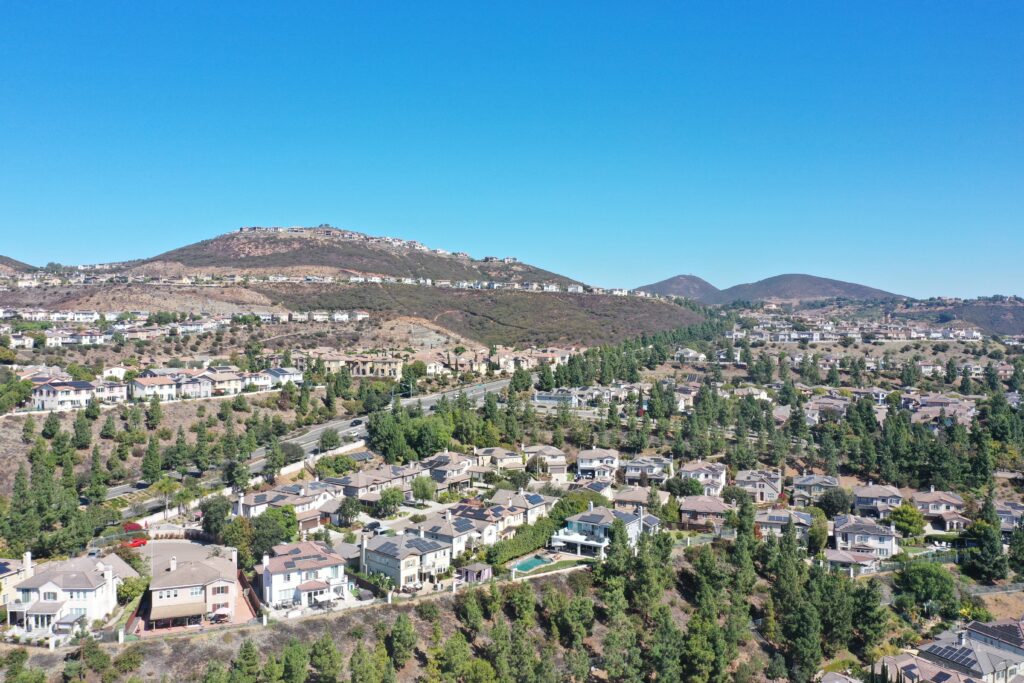UNION-TRIBUNE-Logan Jenkins
April 17, 2008
“The best thing that could happen to San Diego is a 30 percent cut in housing prices,” Los Angeles-based futurist Joel Kotkin told a breakfast meeting of North County’s only certified leaders Tuesday.
Well, happy days are near again.
A new survey shows the region’s median housing price is down 19 percent from a year ago. The bursting bubble could put us within reach of Kotkin’s fundamental precondition for renaissance.
Kotkin, author of “The City: A Global History,” dispensed a long list of prescriptions to the freshly formed Leadership North County Alumni Group, a diverse assembly of graduates of two local programs – the late Leadership 2000 and the current Leadership North County – that span two decades.
Highlights:
Healthy cities don’t lure the middle class; they create it. If newcomers cannot even aspire to home ownership and all that it entails, cities might as well pull up the drawbridge and wait to die of loneliness or old age. (Your children and grandkids may visit from someplace like Austin, Texas, but they won’t live and work anywhere near you.)
Upward mobility, the lifeblood of cities, requires an affordable American dream, which is becoming more of a reality every day. Job One: Educate youth for real jobs, including the manual trades. Job Two: Welcome, don’t reflexively fight, business investment, even if it’s in your own backyard.
Bricks and mortar, then art. The load-bearing pillars of civilization – roads, hospitals, schools, libraries, hotels, energy plants – precede luxuries such as art centers. Without world-class aqueducts, no roads would have led to Rome.
“So many hard-hit communities say, ‘We’re going to open an art gallery or performing arts center and that will solve our problems,’ ” Kotkin said. “Meanwhile, schools are falling apart, roads aren’t working. The arts are an expression of prosperity, not the other way around.”
(Oh, Escondido. If only you understood then – in the 1980s – what you fear today. Did you put the cart before the white elephant?)
Suburban villages rule. An unapologetic booster of “smart sprawl,” Kotkin doesn’t buy the trendy wisdom that a large segment of Americans wants to move downtown and live in lofts. Ninety-two percent of recent growth has been in the suburbs, Kotkin reminded.
Downtowns here and around the world are struggling to retain their populations. The hip urban scene works for young singles until the baby arrives. Even gay couples prefer square footage and a yard, Kotkin said.
The contemporary ideal is to transform suburbs into a sustainable “archipelago” of villages with single-family homes. This is what Americans desire, not condos and townhomes shoehorned into a congested downtown that doesn’t even offer as many jobs as it used to. Instead of fighting this human appetite, one that includes most retirees, take heart and build on it, Kotkin suggested.
(Consider San Elijo Hills in San Marcos. Its village square looks like a movie set, but it sure works on a Mayberry level. Mature suburban neighborhoods could be re-imagined with tiny Main Streets to keep residents, many of whom are working at home, closer to home. Good for the blood pressure – and the environment.) CLICK HERE TO READ ENTIRE UT ARTICLE







